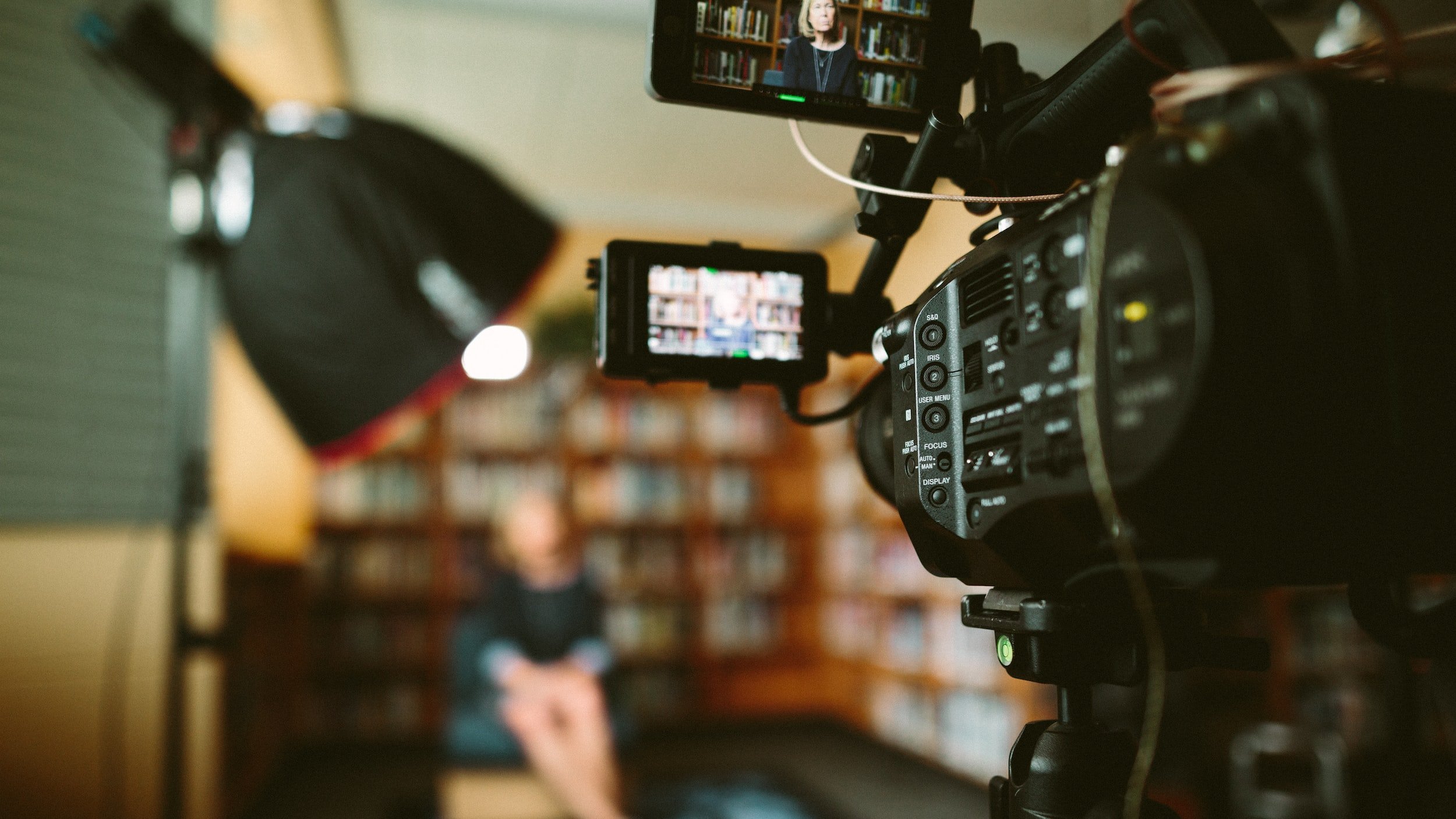What Goes Into Commercial Photography?
Written by Gavin Kyle Green
Commercial photography is a form of photography in which businesses create images or videos of their products and services to promote, market, and sell. Since the purpose of commercial photography is to try and generate sales, it is one of the most important parts of any business.
In this article, I will go through some common aspects of a commercial photoshoot:
1. Non-Photography Fees
Which include:
Pre-production fees: meetings, creative direction, hiring crew/talent
Tech/location scouting fees: finding locations and testing equipment
Travel fees: flights, rentals, and lodging
Post-processing fees: retouching and file delivery
2. Photography Fee and Usage Fee
The Photography Fee is the main fee a commercial photographer charges to provide the service, which often only covers service time and not images/videos. On most estimates, this will be listed as the Photography Fee or Creative Fee.
Usage or Licensing fees are charged to the client to license/use the images in the specific ways the company needs.
Often the Photography and Usage fees will be bundled together on an estimate.
3. Production Expenses
These are costs incurred throughout production (photoshoot).
Commercial photoshoot expenses include but are not limited to:
Photography Assistants
Talent (Models)
Wardrobe
Wardrobe Stylist
Hair and Makeup Artist
Digital Tech
Producer
Equipment/Gear Rentals
Location Rentals
Props
Permits
Insurance
Miscellaneous Expenses
After reading that you are most likely thinking “what are these expenses?” or “why are they important?” Don’t worry just keep reading because I got you covered:
4. Photography Assistant
A photography assistant, or PA, supports the photographer during the photoshoot process. Generally, a PA’s responsibilities include organizing, transporting, and setting up equipment, such as lights and props. In addition, to other tasks to support the team during production. PAs help the photographer and other teammates stay focused on their job as assistants handle the “in-between” work.
5. Talent
Talent refers to models, actors, celebrities, athletes, or whoever will be in front of the camera during production.Talent are the people hired to help advertise the product or service.
6. Stylist/Wardrobe
A Stylists’s responsibilities include providing fashion advice; choosing and coordinating outfits for talent in photoshoots or film productions. In addition, to choosing and preparing props and accessories.
7. Hair and Make Up Artist
Hair and make up artists, or HMUAs, work will involve preparing talent through the medium of make up, hairstyles, and prosthetics according to the assignment. HMUAs will interpret the make up requirements of clients to produce both a creative and technically accurate visual representation. Sometimes the HMUA can be one person or the roles are split between a hair stylist and make up artist.
8. Digital Tech
Digital Tech is a specialized assistant that handles all the image files created during a photoshoot. In most instances, Digital Techs bring their own setup, including but not limited to a laptop, backup hard drives, cables, accessories, and more. On a commercial photoshoot, you will often see a long (probably orange) cord going from the Photographer’s camera to the Digital Tech’s computer to allow clients visability to the images captured on set.
9. Producer
Producers oversee the business and financial matters of production. Their primary duties include hiring production staff, like photographers, directors, crew, talent, and more, while managing the budget for the production and collecting permits, insurance, location bookings, and more. The majority of a producer’s work is done before the photoshoot day but, their work is critical to ensure that on production day everything goes as planned.
10. Equipment
Equipment expenses include the rental or purchase of cameras, lights, gear, props, and any other piece of equipment needed to complete the goal of the project.
11. Permits
Some locations require permits in order to perform commercial photoshoots. The price of the permit ranges from location to location and in some instances you do not need one at all. An experienced producer will know if a permit is required and plan accordingly.
If you do not have a producer, get in touch with your city or county and ask them if a film permit is needed for the location that you are considering and if so, what is the permit fee.
12. Location Rentals
The expense to rent the production location. This does not include the permit expense.
13. Insurance
insurance policies help cover negligence, damage, or injury that could happen during any photoshoot. All photoshoots have risks, and that's why making sure you have the right business insurance is so important. An experienced producer will know what kind of insurance is required for the type of production and plan accordingly.
14. Catering
Photoshoots can be long days so, it is important to have a light yet tasty breakfast and/or lunch (plus water and snacks ready to go). Fed people are happy people. You want everyone on set to be fed, ready to perform, and in good spirits.
15. Miscellaneous Expenses
Miscellaneous expenses could be purchasing a last-minute prop or extra food because the production went a little bit longer than expected. Things happen so miscellaneous expenses are always included within the budget.
Closing
I have had the incredible opportunity to partner with a multitude of electrifying brands during my career, from freshly founded start-ups to well-known international brands and everything in between. My experience has allowed me to develop a deep understanding of what commercial photography is comprised of plus the value of each team member.

